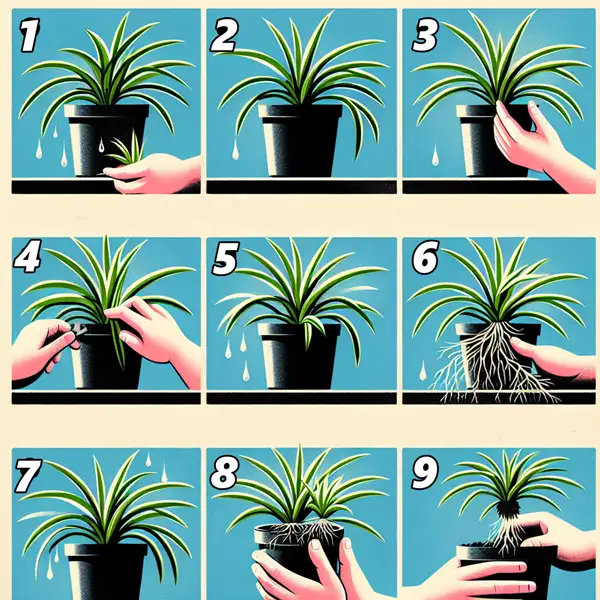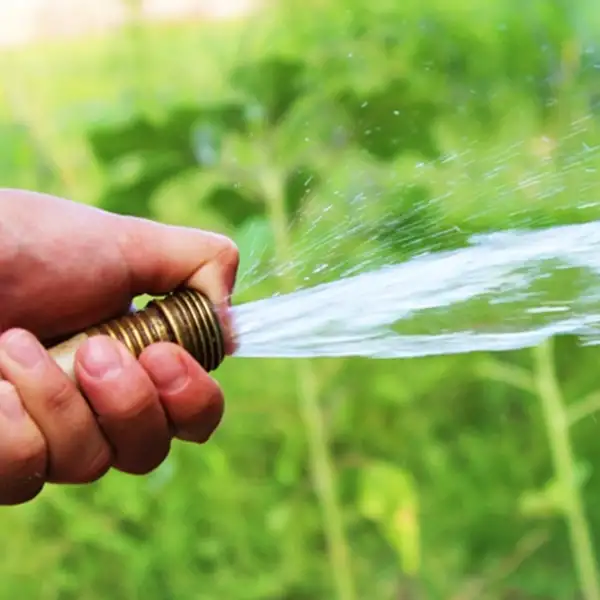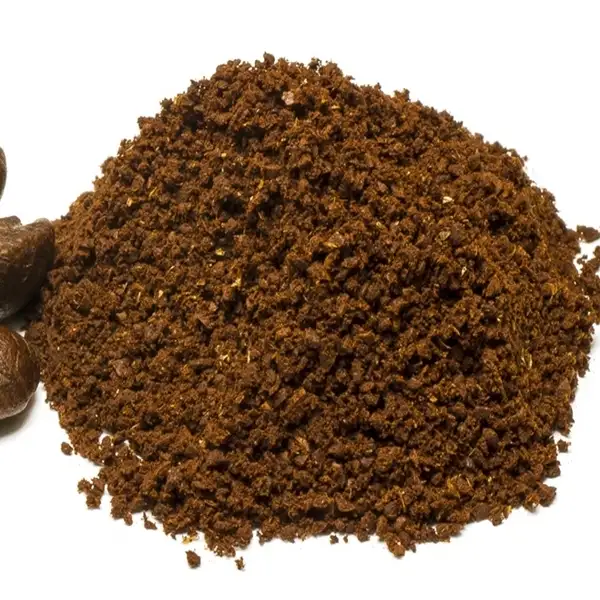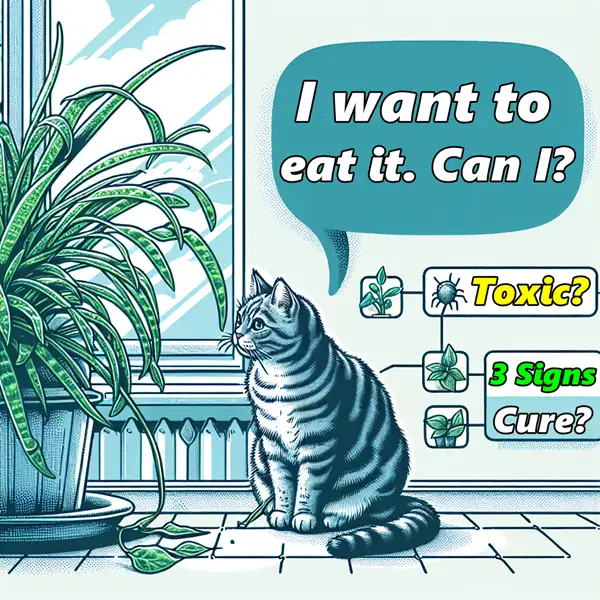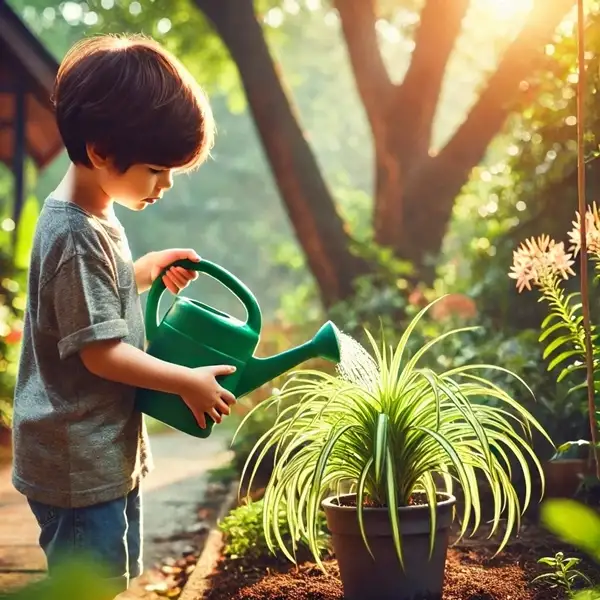Key Takeaways
| Key Takeaways | What You’ll Learn |
|---|---|
| Mastering the Basics | Discover the fundamental elements of spider plant care that every plant owner must know. |
| Setting the Perfect Environment | Learn how to care for spider plants and how to create the best conditions to help your spider plant thrive effortlessly. |
| Watering Wisely | Avoid common watering mistakes and find out the best practices to keep your plant healthy. |
| Fertilizing for Vibrant Growth | Unlock the secrets to nourishing your spider plant without causing harm. |
| Solving Common Issues | Identify and fix the most frequent problems that spider plants face. |
| Propagation Made Easy | Explore how to grow new plants effortlessly from existing ones. |
| Why It’s More Than Just a Plant | Find out the surprising benefits of keeping a spider plant in your home. |
Basics of Spider Plant Care
Garden expert Laura LeBoutillier says-
“For beginners or those looking for hardy plants that require minimal attention but provide maximum impact on indoor aesthetics, spider plants are a great option.”

As much as they are easy-care houseplants, understanding their basic care requirements is important. When you know how to care for spider plants, you’re more likely to enjoy their lush, healthy foliage for years.
Foremost among these requirements are watering appropriately—neither too much nor too little; providing them with ample indirect light; maintaining optimal temperatures and humidity levels; fertilizing regularly but not excessively; troubleshooting common problems promptly; and propagating correctly when you want to increase your brood of spiderlets (not commonly used form)/babies/spiderettes.
4 Ideal Growing Conditions for Healthy Spider Plants
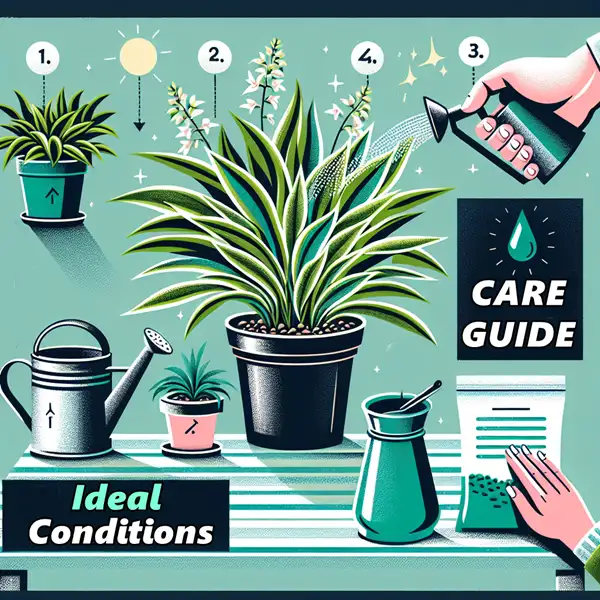
The growing conditions of a spider plant greatly determine its health and vigor.
| Factor | Optimal Condition | Notes |
|---|---|---|
| Light | Bright, indirect sunlight | Avoid direct sun to prevent leaf scorching. |
| Temperature | 13°C to 27°C (55°F to 80°F) | Maintain consistent indoor temperatures. |
| Humidity | Moderate (40-60%) | Standard household humidity is usually sufficient. |
| Soil | Well-draining potting mix | Prevents root rot by allowing excess water to escape. |
3 Essential Watering Tips for Your Spider Plant
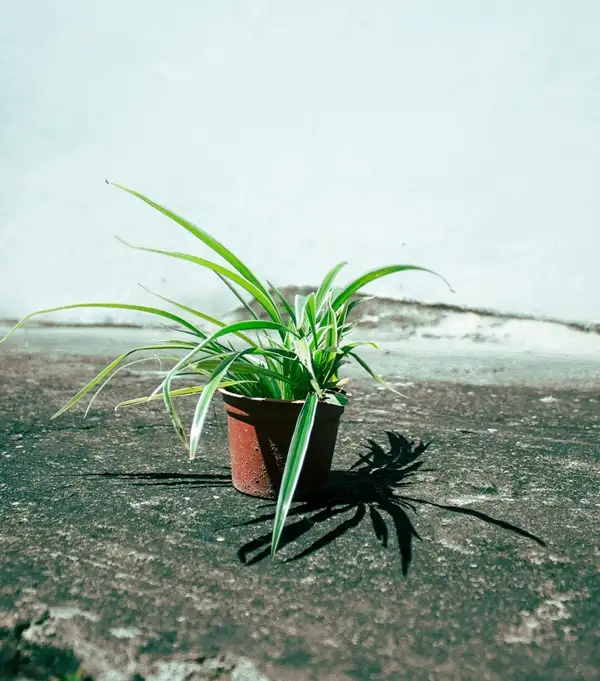
Watering is a vital aspect of spider plant care.
| Tip | Recommendation |
|---|---|
| Frequency | The ‘less is more’ rule applies here. Water when the top inch of soil feels dry. |
| Method | Water thoroughly until excess drains out; ensure the pot has drainage holes. |
| Seasonal Adjustment | Reduce watering during winter months as growth slows. |
A simple way to know when your plant needs water is by sticking your finger into the first inch or so of the soil. If it feels dry, then watering is called for.
Nutritional Needs – Fertilizing Your Spider Plant Correctly
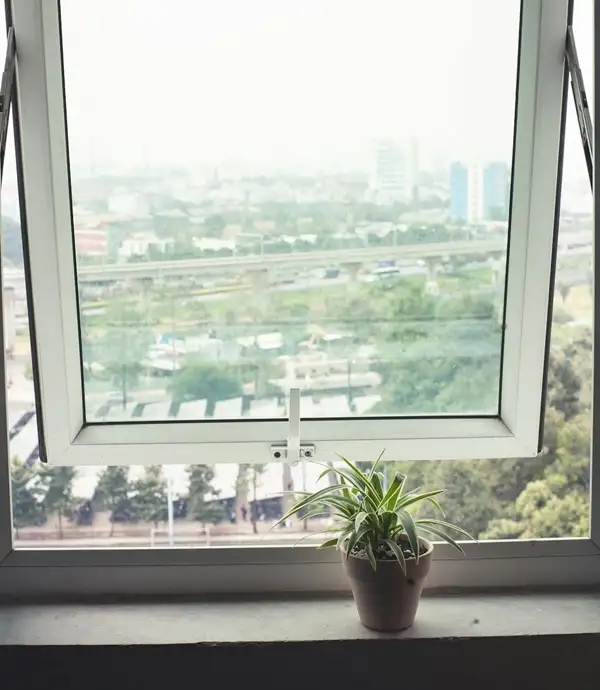
While spider plants have meager nutritional requirements, they still benefit from periodic fertilization.
- Nitrogen-rich houseplant fertilizer applied every two weeks during spring and summer promotes healthy foliage growth while enhancing their vibrant green colors even further.
- However, owners should be cautious about over-fertilizing – this could lead to excessive buildup of salts that manifest as brown leaf tips in spider plants.
3 Common Problems in Spider Plant Care
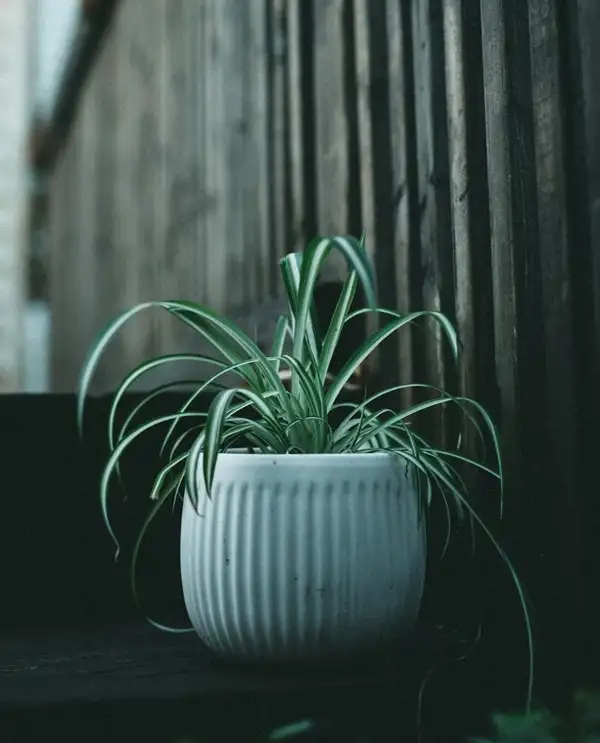
Despite being relatively easygoing, some common issues may crop up whilst caring for your spider plant like –
| Problem | Possible Cause | Solution |
|---|---|---|
| Yellow Leaves | Overwatering or poor drainage | Allow soil to dry between waterings; ensure proper drainage. |
| Brown Leaf Tips | Low humidity or fluoride in water | Increase humidity; use distilled or rainwater. |
| Pale Leaves | Insufficient light | Move to a brighter location with indirect sunlight. |
Combat unhealthy-looking plants by addressing these problems promptly – review your care routine against best practices to identify where you might be falling short.
How to Propagate and Transplant Spider Plants Successfully
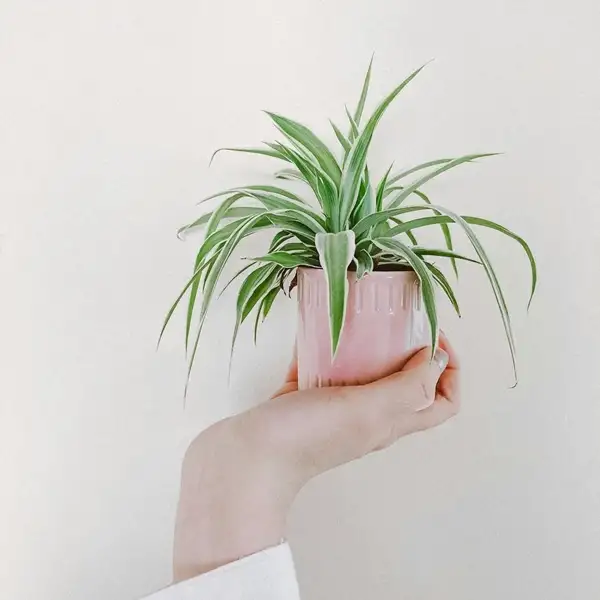
Spider plants are one of the easiest houseplants to propagate due to their characteristic arching stems (also known as stolons) that naturally grow “spiderettes” or baby spiders on mature plants. Knowing how to care for spider plants and propagate them properly will help you grow new plants with ease.
Robert Pavlis, a well-known speaker and educator with over 40 years of gardening experience, and the author of two books, Building Natural Ponds and Garden Myths, says-
“Simply snip off a small ‘baby’ with some roots attached and pot it directly into moist soil.”
Also, spider plants benefit from occasional transplanting to bigger pots as they outgrow their old ones. This not only provides them with more space to thrive but also revamps and rejuvenates the soil composition ensuring sustained growth and overall health of your plant.
Final Thoughts

Caring for a spider plant does not require too much effort or specialized knowledge. Just some basic understanding of its preferred growing conditions together with good watering, fertilizing practices, troubleshooting issues in time and correctly propagating when needed should see your plant thriving in no time at all!
Frequently Asked Questions
Do spider plants need to hang?
No, but hanging baskets support their natural cascading growth. They also grow well in pots.
Can a spider plant survive without sunlight?
It tolerates low light but thrives in bright, indirect light. Growth slows without enough light.
Where is the best place to put a spider plant?
Place it near a window with filtered sunlight. Avoid direct sun to prevent leaf scorch.


